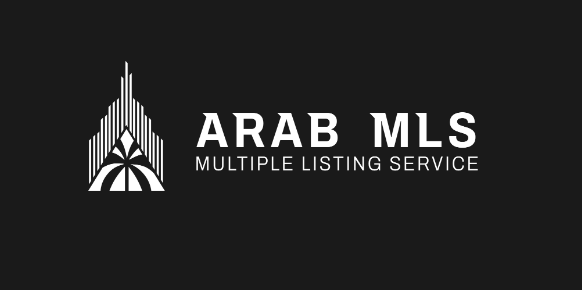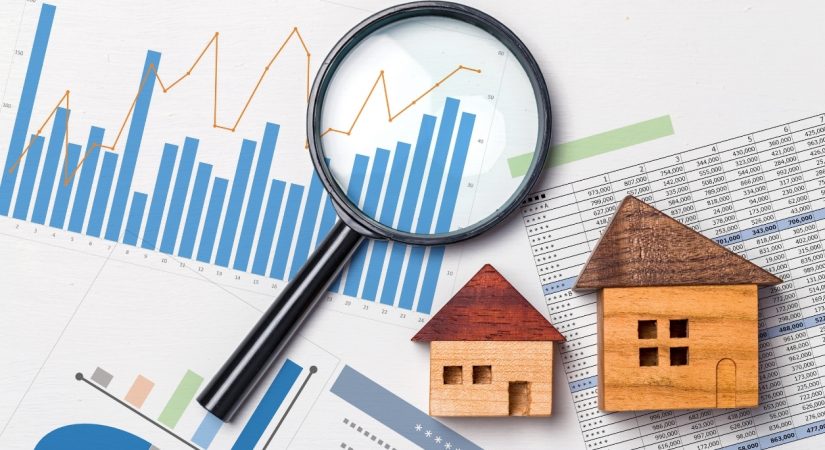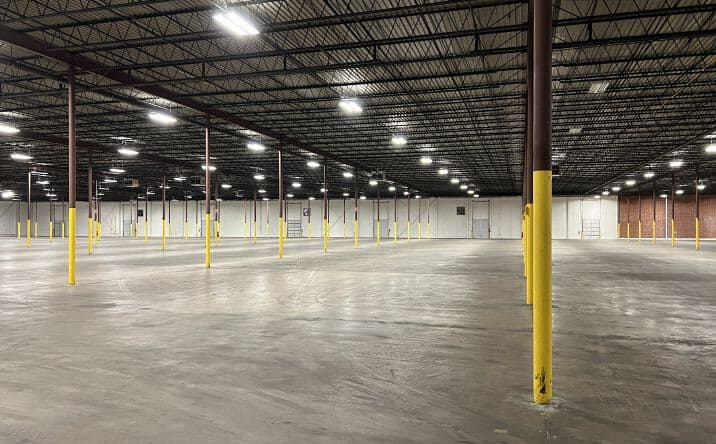When deciding whether to buy or rent a home, many people and investors face an important question: Which option makes more financial sense? One useful way to answer this question is by looking at the price-to-rent ratio (PRR). This ratio compares the cost of buying a home to the cost of renting a similar property, helping buyers, renters, and investors understand which option is more affordable in a given area.
The Multiple Listing Service (MLS) is a rich source of real estate data, providing detailed information on home prices and rental listings across cities and neighborhoods. By analyzing and visualizing PRRs from MLS data, we can gain a clearer picture of housing markets, identify trends, and make smarter investment or housing decisions.
This article will explain price-to-rent ratios, why they matter, how MLS data can be used to calculate and visualize them, and what the results mean for different regions and markets. The goal is to make this topic easy to understand, even for people who are new to real estate analysis.
What is the Price-to-Rent Ratio?
The price-to-rent ratio is a simple measure that compares the cost of buying a home to the cost of renting it. It is calculated by dividing the median price of a home in a given market by the median annual rent for a similar home. Here is the formula:
Price-to-Rent Ratio = Median Home Price ÷ (Monthly Rent × 12)
For example, if the median home price in a neighborhood is $300,000, and the average monthly rent is $1,500, the PRR would be:
300,000 ÷ (1,500 × 12) = 300,000 ÷ 18,000 = 16.7
This means it would take about 16.7 years of renting to equal the cost of buying that home.
Why is the Price-to-Rent Ratio Important?
The price-to-rent ratio helps people understand the balance between renting and buying in a particular area. It also provides clues about how healthy or affordable a housing market is.

If the PRR is low, usually below 15 or 16, it often means buying is more affordable than renting. This is common in markets where home prices are reasonable compared to rents, and investors may find good rental yields.
If the PRR is very high, say over 25, renting tends to be cheaper than buying. This can indicate that home prices are high relative to rents, which might signal an overvalued housing market. In such cases, buying a home could be less attractive financially, and renting might be the better option.
A PRR between 16 and 25 usually indicates a balanced market where the decision to rent or buy depends on other personal factors like how long someone plans to stay in a home or their financial goals.
Using MLS Data to Calculate Price-to-Rent Ratios
The MLS is a central platform where real estate agents list homes for sale and rent. It includes detailed information on prices, property types, locations, and rental rates. This makes MLS data very useful for calculating accurate price-to-rent ratios because it reflects current market conditions.
To calculate PRRs using MLS data, analysts collect median home prices and rental prices from listings in the MLS. This data is cleaned to remove errors or outliers, such as unusually high or low prices that might distort the average.
For example, if there are luxury properties listed that skew the median price upwards, they may be removed or analyzed separately. Similarly, properties listed for rent that are atypical (like very short-term rentals or subsidized housing) are filtered out.
Visualizing Price-to-Rent Ratios Using MLS Data
Visualizing PRRs means presenting the data in a way that highlights differences across locations and over time. While we won’t use charts here, the concept involves organizing the data by regions (such as cities or neighborhoods) and by property type (like apartments or single-family homes).
By comparing PRRs across different neighborhoods, investors and homebuyers can spot areas where buying is relatively cheaper or more expensive compared to renting. For example, one neighborhood might have a PRR of 14, indicating it’s a good area to buy and rent out properties. Another area with a PRR of 30 suggests that renting is more affordable and buying could be risky.
Similarly, looking at PRRs over time can show how a market is changing. If the ratio rises significantly over a few years, it might mean that home prices are increasing faster than rents, which could signal a housing bubble or growing affordability problems.
Case Study: Comparing Urban and Suburban Markets
When analyzing MLS data for price-to-rent ratios, we often find differences between urban centers and suburban neighborhoods.
Urban areas tend to have higher home prices due to demand and limited space, but rents can also be higher due to the same demand. This often results in a moderate PRR, sometimes higher than suburban areas.
Suburbs, on the other hand, may have more affordable home prices but also lower rents. The price-to-rent ratio in these areas might be lower, making buying homes potentially more advantageous for long-term investors or families planning to settle down.
For example, a downtown city neighborhood might have a PRR of 25 or more, while a nearby suburb could have a PRR closer to 15 or 18. This information helps buyers and investors decide where to focus their efforts depending on whether they prefer buying, renting, or investing.
Case Study: Coastal vs. Inland Markets
Another useful way to use MLS data is to compare coastal markets to inland markets.
Coastal cities often attract people for lifestyle reasons, pushing home prices higher. Rents may also be high but not always in proportion to home prices, resulting in higher price-to-rent ratios. These areas might be less affordable for buyers but good for those who want to rent.
Inland markets may have more balanced or lower PRRs due to more affordable home prices and rents. Investors looking for steady rental income might find better opportunities in these areas.
What Influences Price-to-Rent Ratios?
Several factors affect the price-to-rent ratio in a given area:
- Local Economy: Strong job markets and economic growth drive demand for housing, often pushing prices and rents up.
- Supply and Demand: Limited housing supply raises prices and rents, which can affect the PRR depending on which grows faster.
- Interest Rates: Lower mortgage interest rates make buying cheaper, which can increase home prices and affect PRR.
- Demographics: Areas with younger populations or transient workers might have higher rental demand, affecting rent levels.
- Government Policies: Rent controls, tax incentives, or subsidies can all impact the ratio by affecting either rents or home prices.
How Investors Use Price-to-Rent Ratios
For real estate investors, PRRs are a quick way to assess whether rental properties will provide good returns. A low PRR often means higher rental yields and a better chance to cover mortgage payments, taxes, and maintenance costs with rental income.
Investors also use PRRs to time their market entries and exits. If PRRs rise sharply, it might be a signal to be cautious because prices could be overinflated relative to rental income.
Limitations of Price-to-Rent Ratios
While PRR is helpful, it should not be the only factor in deciding to buy or rent. Some limitations include:
- Ignores Costs: PRR does not account for maintenance, property taxes, insurance, or homeowner association fees that come with owning.
- Market Variations: It is a broad measure and might not capture micro-market nuances like specific street or building conditions.
- Non-Financial Factors: Lifestyle preferences, job stability, family needs, and long-term plans all influence the rent vs. buy decision beyond just numbers.
Future Trends and Predictive Insights
By tracking MLS data over time, analysts can predict how price-to-rent ratios might change. For example, if a city is growing rapidly, home prices might rise faster than rents, increasing the PRR and suggesting future affordability issues.
Conversely, if new housing developments increase supply, prices might stabilize or fall, improving affordability for buyers and potentially lowering the PRR.
Conclusion
The price-to-rent ratio is a vital metric that provides a clear comparison between buying and renting in any housing market. When combined with rich MLS data, this ratio becomes a powerful tool for understanding market conditions, spotting investment opportunities, and making informed decisions.
By analyzing and visualizing PRRs, whether across cities, neighborhoods, or property types, buyers and investors can navigate complex markets more confidently. While PRR is not a standalone decision-making tool, it offers valuable insight when used alongside other financial and personal considerations.
Understanding PRR trends can help identify when markets are becoming overvalued or when rental opportunities present strong investment potential. This makes the price-to-rent ratio, supported by MLS data, one of the most important indicators in real estate today.













